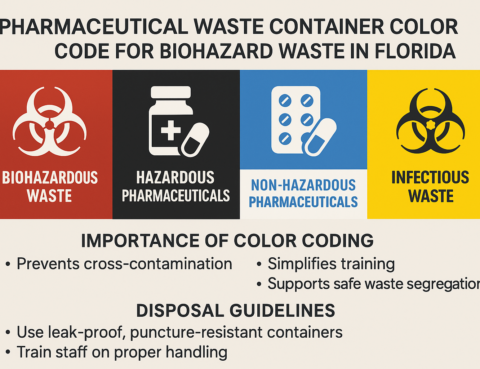
Pharmaceutical Waste Container Color Code for Biohazard Waste in Florida Proper disposal of medical and pharmaceutical waste is essential for safety and environmental protection. In Florida, understanding the pharmaceutical waste container color code for biohazard waste is crucial for healthcare workers, pharmacists, and laboratory staff. This guide explains the color codes used for various types…

Chemotherapy Waste Disposal Guidelines for Healthcare Workers Getting rid of chemotherapy waste the right way is very important in healthcare. These drugs are strong and can be harmful to people and the environment if not handled safely. That’s why healthcare workers must know and follow chemotherapy waste disposal guidelines. This article explains the steps to…
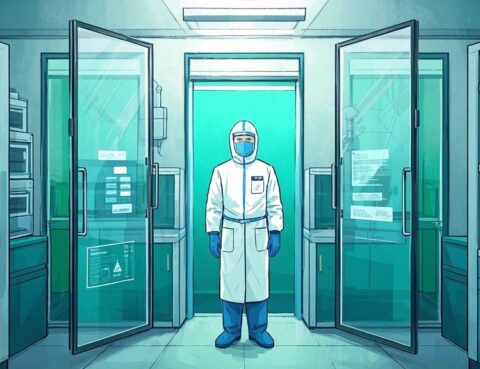
Biohazardous materials are everywhere from hospital laboratories to waste management facilities and handling them improperly can lead to serious health and environmental risks. Whether you’re in the healthcare industry, a research lab, or involved in waste disposal, knowing how to handle biohazardous materials safely is crucial. In this article, we’ll walk you through everything you…
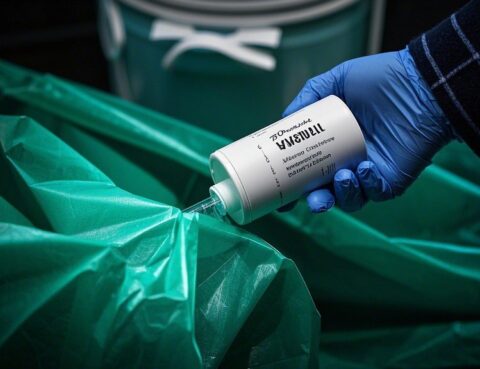
Effective pharmaceutical waste management is crucial for safeguarding public health and preserving Florida’s unique ecosystems. Improper disposal can lead to environmental contamination and pose significant health risks. This comprehensive guide outlines the best practices for managing pharmaceutical waste in Florida, ensuring compliance with federal and state regulations while promoting environmental stewardship. Understanding Pharmaceutical Waste Pharmaceutical…
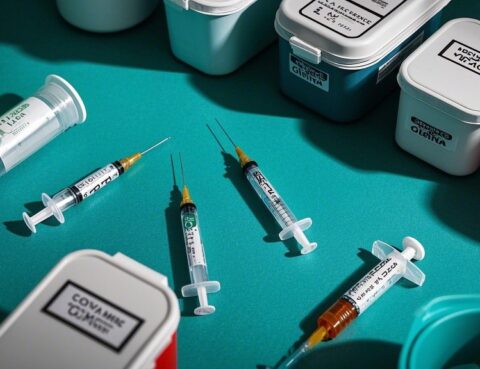
Proper handling of regulated medical waste (RMW) is essential for protecting public health and the environment. In Florida, the Department of Health (DOH) enforces strict regulations to ensure safe storage, treatment, and disposal. Healthcare facilities must follow these guidelines to prevent contamination and legal penalties. This guide covers everything you need to know about regulated…
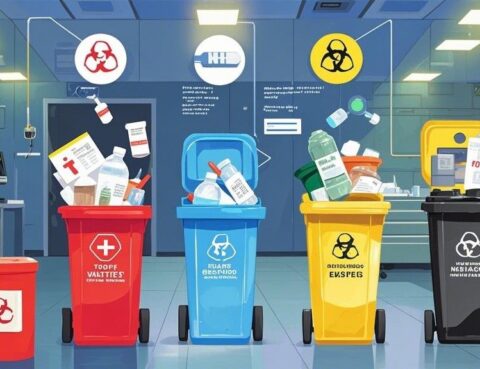
Every year, millions of tons of biomedical waste are generated worldwide. This waste poses serious risks to public health and the environment. From hospitals to research labs, medical facilities produce waste that can be harmful if not managed properly. Improper disposal of biomedical waste is a huge concern. If not handled correctly, it can spread…
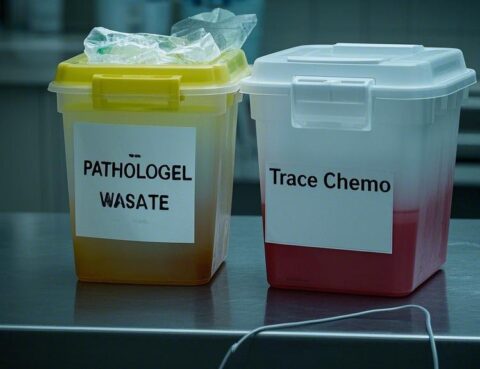
Medical waste management is important for keeping healthcare spaces safe. Two types of waste that need special handling are pathological waste and trace chemo waste. These waste types must be disposed of properly to prevent harm to people and the environment. Understanding their risks and disposal methods is necessary for healthcare compliance. This article explains…

Radioactive waste is a type of waste that can be harmful to people and the environment. It comes from materials that release radiation because their atoms are unstable. This type of waste is produced in many industries, including nuclear energy production, hospitals, and scientific research. In this article, we will explore different radioactive waste examples,…
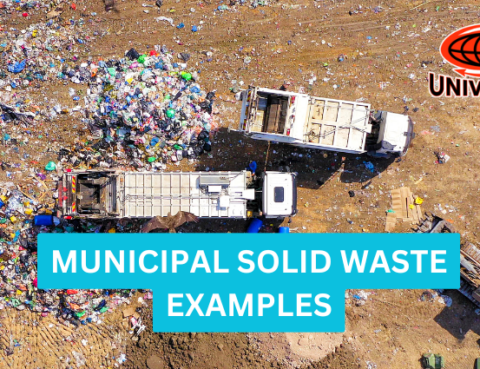
Did you know that the world creates over 2 billion tons of waste every year? Municipal solid waste (MSW) is all the stuff we throw away, like food scraps, plastic bottles, and old electronics. This waste is a big problem for the environment. In this article, we’ll look at some municipal solid waste examples, how…

Proper disposal of biohazardous waste is essential for maintaining public health, preventing environmental contamination, and ensuring regulatory compliance. Whether you are in a hospital, laboratory, industrial facility, or any setting dealing with biohazardous materials, understanding the correct disposal methods is crucial. In this guide, we will cover everything you need to know about biohazardous waste,…
